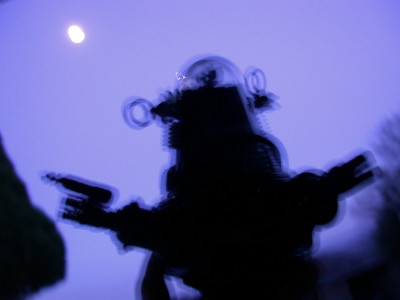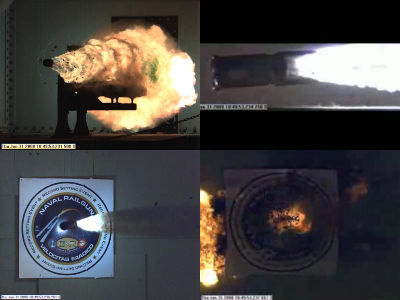A veteran submariner talks about the reality of 'submarine torpedo attacks' that are different from the movies

Aaron Amick, a former U.S. Navy submariner who served as a sonar operator on
Modern Submarine Torpedo Attacks Are Nothing Like What You See In The Movies - The Drive
https://www.thedrive.com/the-war-zone/33018/modern-submarine-torpedo-attacks-are-nothing-like-what-you-see-in-the-movies
According to Amick, modern torpedoes can be broadly divided into two types: 'thermal' and 'electric' depending on their drive system.
First, thermal torpedoes use Otto Fuel II , which does not require an external supply of oxygen, so they can burn underwater, and a gas turbine engine or a swash plate engine is used for the propulsion system.
The main advantage of thermal torpedoes is that they are faster and have a longer range than electric torpedoes. Because liquid fuel has a high energy density, and modern gas turbine engines have excellent noise reduction properties, thermal torpedoes can penetrate the water without being noticed by the enemy until just before impact.
On the other hand, electric torpedoes are easier to manufacture and maintain, and are less dangerous to handle, so they are more popular than thermal torpedoes. A high-torque electric motor incorporating a permanent magnet accelerates the torpedo in less than one second after launch, instantly accelerating it to 50 knots (about 92 km/h), and can adjust speed without mechanical delays. Another advantage of electric torpedoes is that they can be modularized and operated flexibly.
For example, the German DM2A4 Sea Hake Mod 4 torpedo can be equipped with 2 to 4 batteries. Reducing the number of batteries makes it lighter, while increasing the number of batteries increases the range. In addition, the speed of 50 knots is not affected by the number of batteries, and it is also quieter.

by ATLAS ELEKTRONIK
What both types of torpedoes have in common is that they're incredibly quiet, which is why Amick points out that 'in movies like '
Therefore, in the exercises, which are designed to simulate actual combat, the focus will be on which of the two submarines can find the other first and launch a preemptive attack. Regarding modern submarine combat, Amick said, 'The long dogfights that are popular in submarine movies don't happen in reality. In real underwater combat, the attacked side has almost no time to react and is killed in a matter of seconds.'
In addition, torpedoes launched from a submarine have wires attached to them, as shown in the image below, and are connected to the submarine's fire control system via a data link.

Controlled through these wires, the torpedoes can change the size of their explosion, change their target or even shut down instantly at any time at the command of the fire control officer, and if the connection is lost for any reason, the torpedoes will follow the last command given to them or execute pre-programmed commands accordingly.
The commands given to the torpedoes from the submarine include the setting of a ' kill box ,' which is the area where detonation will have a destructive effect. The size of this kill box can be changed at any time to avoid damaging the wrong target or the ship itself. In addition, if the torpedo does not reach the kill box properly, it will be deactivated so that the warhead does not detonate, the engine will stop, and it will sink into the sea. Therefore, it is said that there will be no situation where a 'command input causes a self-destruction' like a scene in the movie ' Red October! '.
With these examples in mind, Amick said, 'Modern submarine torpedoes are incredibly capable and incredibly lethal machines. Their powerful combination of speed, lethality, long range and low detectability give them significant advantages over other weapons in Navy service.'
Related Posts:







